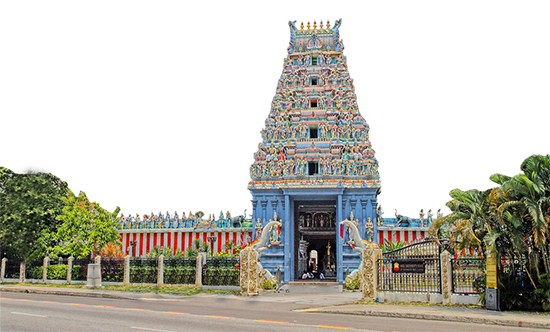INFORMATION
Greatness Of Temple
During the early days, there was a Vel only in the temple.
The philosophy behind the story is that human mind is covered by the dust of materialism which should be removed to see truth and realize God. This will be possible only if only humans develop wisdom and true knowledge
ABOUT US

Hindu Religion
According to historians, the origin of Hinduism dates back to 5,000 or more years. The word “Hindu” is derived from the name of River Indus, which flows through northern India. In ancient times the river was called the ‘Sindhu’, but the Persians who migrated to India called the river ‘Hindu’, the land ‘Hindustan’ and its inhabitants ‘Hindus’. Thus, the religion followed by the Hindus came to be known as ‘Hinduism’.
Beyond Religion
Hinduism is much more than a religion in the Western sense and has become a culture in many of the globe. Hinduism can best be defined as a way of life based on the teachings of ancient sages and scriptures like the Vedas and Upanishads. The word ‘dharma’ connotes “that which supports the universe” and effectively means any path of spiritual discipline which leads to God.
Hindu Dharma represents the Vedas and Vedantas, the spiritual experiences of numerous sages, gurus and saints, represents various theological traditions, various sects and subsects. However, the concept of Hinduism defies a definite definition because of its uniqueness.


Evolution
According to scholars, the evolution of Hinduism may be divided into three periods: the ancient (6500 BCE-1000 AD), the medieval (1000-1800 AD), and the modern (1800 AD to present). Hinduism is commonly thought to be the oldest religion in the history of human civilization.
Mission Statement
To advance the education of the current and future generation in the philosophy and culture, precepts and practice of Hinduism and in particular Academic and Vedic values; to provide facilities for cultural, social and religious development, recreation or other leisure time occupation for those who need them both where life style can be improve.